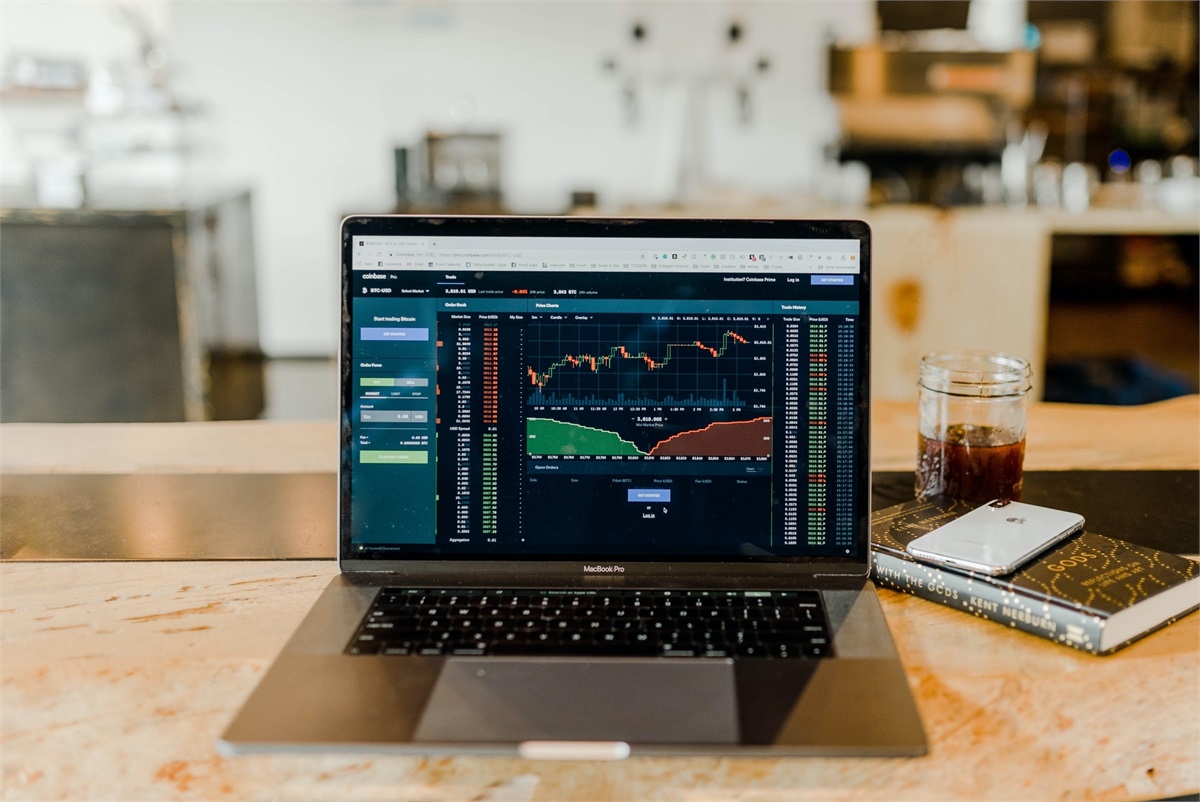
2020 has been a year unlike any other, and the financial markets have reacted in accordance with global events. The COVID-19 pandemic upended much of life-as-normal in March, and the markets first saw a large decline in the beginning of the year. However, with initial strong stimulus measures, plus the successful development of new vaccines and potential for additional stimulus spending, we are now seeing a V-shaped recovery with hopes of continued economic expansion. Here’s a breakdown of what happened this year, and what we can expect moving into 2021.
An Early Bear Market
From February 19 to March 23, when much of the country was taking measures to stop the spread of the coronavirus, the S&P 500 declined 34%. This put the decline into the definition of a bear market, or when stock prices decline more than 20% in less than two months. For perspective, in the past 100 years, there have only been 13 bear markets, and all but three coincided with an economic recession. The average decline of these bear markets was 42% with an average duration of 22 months. The bear market in March of this year suffered both a smaller decline and a shorter duration than this average.

The Market Matched Disrupted Services
The market volatility has matched the story unfolding this year, with the best and worst performing sectors concentrated in areas impacted by consumer spending. Since March, people have spent more time at home and less time outside the home on meals, entertainment, and travel. In the S&P 500, the top performing sectors come as little surprise and include online retail, home improvement, technology, and groceries. The worst performing sectors have been travel and hospitality, the airline industry, energy, and commercial real estate investment trusts. Although there has been a shift in consumer spending clearly due to the COVID pandemic, after the initial 3 months of economic contraction from February to April, consumer spending has remained strong.

The V-Shaped Recovery
Many of the actions taken by the Federal Government in the early months of the pandemic helped encourage consumer spending and stabilized the economy. Stimulus programs included the Paycheck Protect Program (PPP), added unemployment benefits, and policies by the Federal Reserve like historically low interest rates and purchasing investment grade and high-yield corporate bonds. These strong stimulus measures decreased the market contractions and led to a rapid recovery in consumer spending. This suggests a v-shaped recovery, where we are in an economic expansion and the market and economy will continue to grow. The employment market is also improving but at a slower rate. Complete recovery may not be achieved until we reach a full reopening of the economy.


Optimism Looking Towards 2021
Although surges in COVID-19 cases and resulting restrictions may slow the economic recovery, we remain optimistic. Recent weeks have brought very good news about vaccines, which have been seen as a major way to combat the COVID-19 pandemic and bring back many industries that have suffered in the last nine months. We are optimistic that potential additional stimulus and a return to unrestricted economic activity will lead to robust growth in the economy in the next 12 to 18 months.
